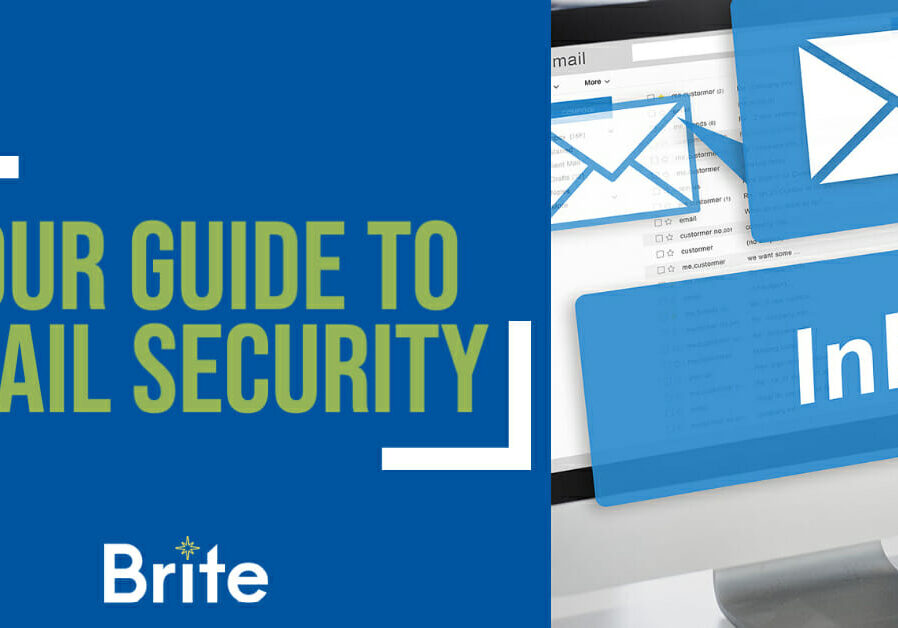Your Guide to Email Security: Tools + Tips
June 14, 2021
Are email security tools necessary? Well, as ransomware remains to be a top cybersecurity concern, and email being the popular channel of execution, the simple answer is yes. Email security tools help protect the largest collaboration tool. Of course, there’s a long answer in which we’ll explain:
- Email: The Stealth Attack
- But what about the spam folder?
- And what about Microsoft 365 security?
- What email security tools provide
Email: The Stealth Attack
As the main channel of communication and collaboration, users rely on the platform for everyday tasks. That simple fact opens a door for attackers to take advantage of. These stealth attack tactics prey on human instinct, emotion.
Think about it. You open your inbox to find 20 new emails from the last hour. After a quick scroll through to assess what needs a response, you find an urgent message from a high-level at the company making a request. Instinctively, we act on the request. Commonly, these are monetary requests asking for gift cards, wire transfers, etc.
Upon action, a breach begins, and a door opens into the network. To find how what happens next and fully understand the anatomy of a breach, check out this blog here.
The evolving capabilities to manipulate emails create the perfect sneak attack on unsuspecting victims and organizations – all through the inbox we all know and have learned to trust.
But, what about the spam folder?
Before jumping into the email security toolset, let’s talk about why email programs and native protections aren’t enough in today’s age.
Spam filters assess incoming messages against a predetermined checklist to validate where the email came from. It includes the IP address of every server that touched the email, date and time stamps and security signatures. These are then cross-referenced against known blocklists and when a match is found, it’s sent to the spam folder.
While spam folders are a start, tactics and methods are constantly evolving to outsmart spam filters. Essentially, because it’s such a lucrative means, attackers justify spending the time-evolving tactics to pass through spam filters and go undetected.
And what about Microsoft 365 email security?
Microsoft 365 has greatly improved basic security features. Such as multifactor authentication (MFA) which adds a layer of protection on the user front. DMARC functionality gives organizations control over users allowed to send emails from the brand’s approved domain. While continued updates to Exchange Online Protection (EOP) are attempts at protecting against known spam and malware.
However, Microsoft 365 native email security features are still not enough for full email protection to cover the company against evolving threats.
What email security tools provide
The reality is that native spam filters just aren’t enough. Luckily, there are email security tools to make up for what they lack. These specialized tools can utilize advanced technology, like artificial intelligence and machine learning to stop emerging tactics.
To provide an example of a solution, we’re going to highlight Proofpoint’s approach to email security. A complete solution includes the following protection:
- Phishing, imposter and email fraud protection: This defense analyzes multiple message attributes including message header data, sender’s IP address, message body for urgent words/phrases.
- Block malicious emails with multilayered detection: This feature uses baseline reputation and content analysis to defend against evolving threats.
- Email warning tag: Easily (and automatically) tag suspicious emails to reduce the risk of successful attacks by bringing attention to the end-user.
- Classify and quarantine email: Gaining granular control of unwanted email is the ultimate spam filter.
The multi-faceted approach combined with email security tools powered by artificial intelligence and machine learning creates a complete strategy to protect against the latest email attack methods.

